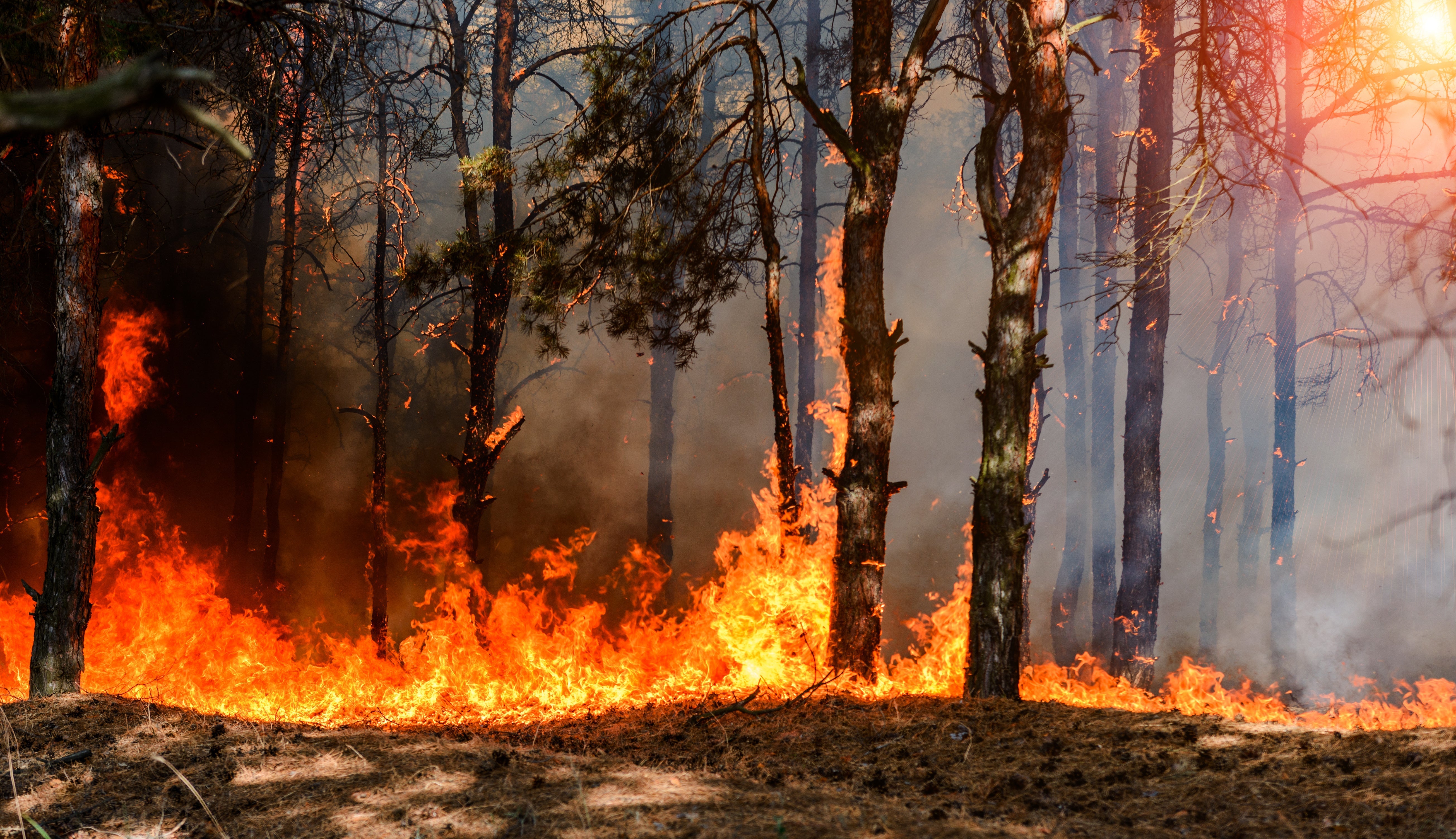Wildfire Smoke Is Deadly

Steps to Protect Yourself and Your Family
Wildfire Dangers in California
The Palisades and Eaton wildfires in California have destroyed thousands of homes and killed 24 people with no end in sight. High winds are forecast, making containment nearly impossible. The immediate threat to health is the poor air quality from the resulting smoke. (Source)
California Isn’t a Stranger to Wildfire Smoke
A UCLA study found that wildfire smoke led to up to 55,700 deaths in California between 2008 and 2018, with an economic impact upwards of $456 billion. (Source)

Wildfire smoke continues to reach unhealthy and hazardous levels and is expected to continue to rise. The air quality index has recorded unhealthy to hazardous levels, which change daily.

Size Matters When It Comes to Your Health


Heart and lung damage is well-documented when pollutants less than 2.5 microns are inhaled. (Source)
Certain groups are more vulnerable to these health risks, including children, older adults, pregnant women, and individuals with pre-existing respiratory or cardiovascular conditions. Asthma is exacerbated by poor air quality. If asthmatic, take steps to have your asthma medications well stocked.
Steps to Protect Yourself from Smoke
Below is a link to local resources and advisories for Southern California:
- Check local air quality daily. If you live in an active wildfire zone, check hourly—or more. Smoke can drift as wind currents change, bringing dense smoke unexpectedly.
- Close doors and windows and turn on the air conditioner. Replace filters with HEPA-quality filters. HEPA filters trap small, harmful particles, such as pollen, pet dander, smoke, and dust mites. If your home doesn’t have central heating and air, portable HEPA units are highly effective but work best in small areas. Alternatively, make an inexpensive DIY air cleaner by attaching furnace filters to a box fan using tape, brackets, or a bungee cord. (Source)

- Respirator masks: Keep disposable respirators (e.g., N-95 or P-100 respirators) on hand for use outside in smoky conditions. Ensure proper fit and seal to block out smoke. Choose respirators tested and approved by the National Institute of Occupational Safety and Health (NIOSH) with “NIOSH” and either “N95” or “P100” printed on them. (Source)
- Ash can pose a risk. If you see visible ash, take precautions as you would with smoke. Check out the air quality index for SW California for more information. (Source)
- If you have chronic health conditions, ensure you have sufficient supplies to avoid leaving home for refills. This also applies to food and other necessities.














